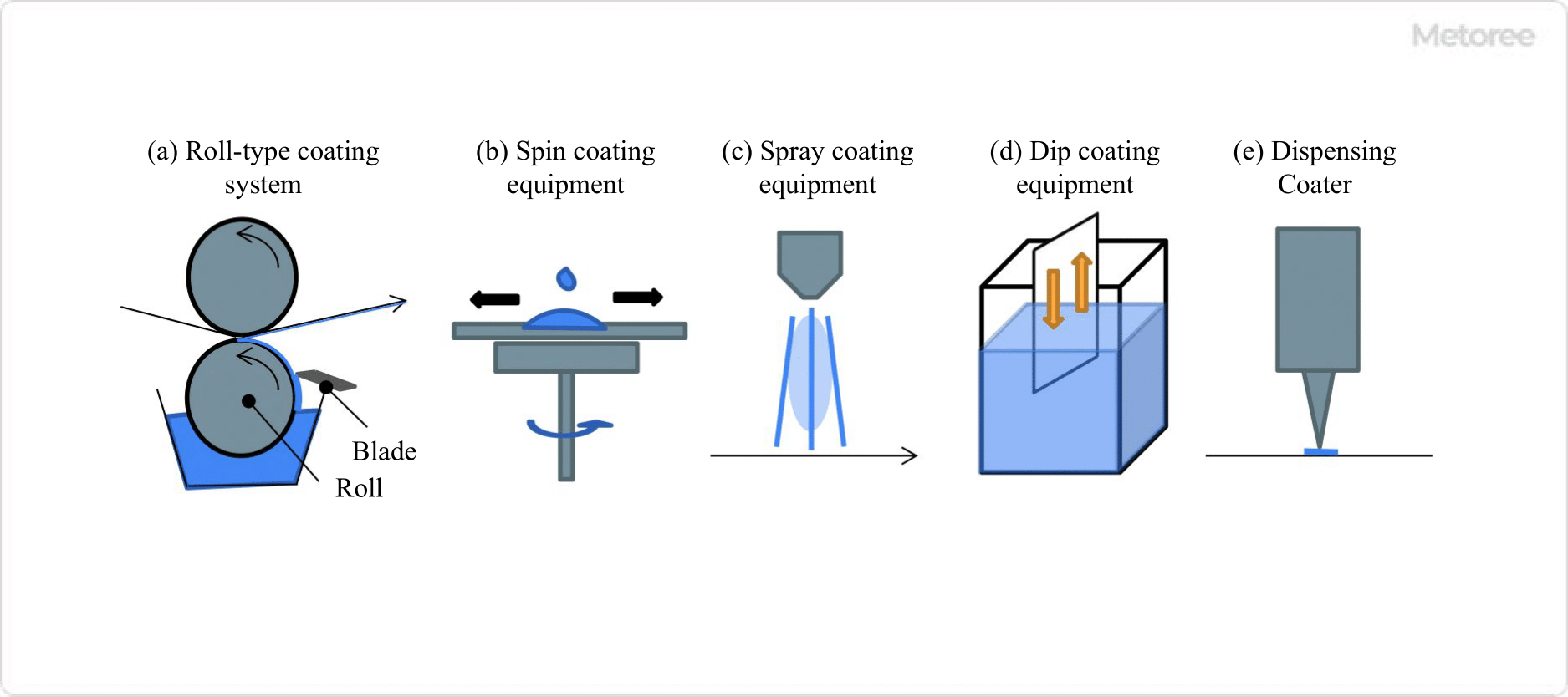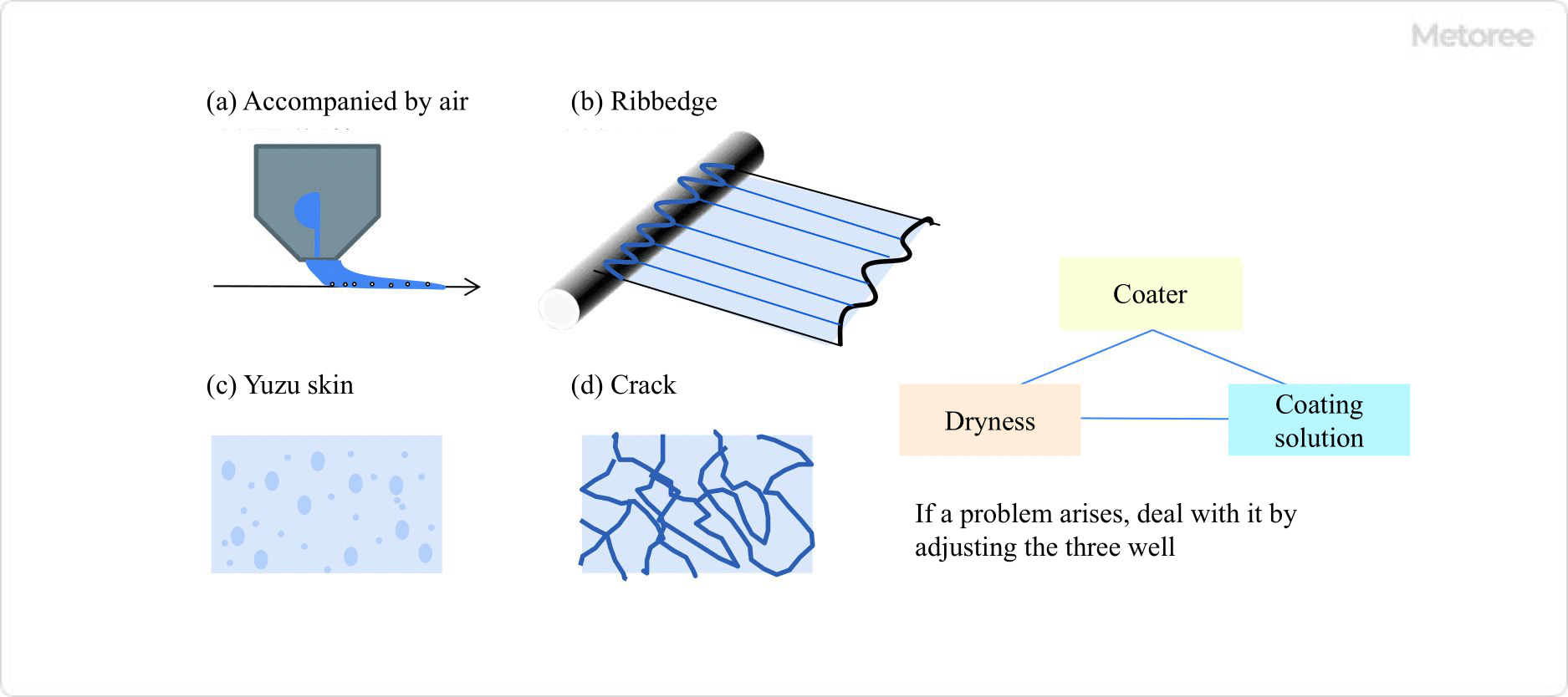What Is a Surge Protector?

A surge protector is a protective device to protect equipment from instantaneous and extremely high voltages and currents caused by lightning strikes and other events.
Surge refers to a voltage of several thousand volts generated by lightning strikes, thunderclouds, and industrial machinery. While lightning is a natural disaster, spot welding, plasma cutting, and other high-voltage operations generate extremely high voltages (spikes) and currents (surges) at the moment of discharge, which can have damaging effects on electronic equipment, controller circuits, and other devices.
Surge protectors are devices designed to mitigate and protect against such incidents. Surge protectors should be installed at the same time the equipment is installed, as surge damage can occur to equipment that may not be affected by surges.
Uses of Surge Protectors
Surge protectors are used where there is concern that equipment may be damaged by high voltage or high current due to lightning strikes or electrical discharges. Specific locations where a surge protector is used are as follows:
- Near induced lightning (abnormally high voltage) from lightning rods, etc. at the time of a direct lightning strike
- Near places where large indirect currents due to electrostatic induction flow from the effects of lightning
- Near power lines and steel towers where high voltage current flows
- Near motor-driven equipment and factories where high voltage and large currents are generated (e.g., automobile repair)
- Locations near arc welding machines that emit noise during arc generation or factories that handle arc welding machines
- Near neon signboards and other areas where high voltage is discharged
Principle of Surge Protectors
A surge protector is a nonlinear element that becomes low resistance when a high-voltage or current surge is applied and releases the surge to the ground side (GND) in a circuit manner. The role of surge protector is to protect various electronic/electrical devices connected to it from damage.
A surge protector incorporates one or more nonlinear elements (elements in which the current flowing through the element is not proportional to the voltage when voltage is applied) to divert surge current and limit over voltage. This element is also called a lightning surge absorber.
Under normal conditions, a surge protector is equivalent to an insulator that does not conduct electricity and has a high resistance to the power supply voltage. When a surge occurs, the built-in nonlinear element instantly changes from a high resistance to a low resistance.
The surge current is then diverted to the ground side, and at the same time, the voltage of the lightning surge is suppressed, after which it returns to its original high resistance, so that the current does not continue to flow. The key to selecting a surge protector is the voltage protection level (maximum surge voltage) based on the residual voltage when the surge is normally handled.
Other Information on Surge Protectors
1. Power Strip Surge Protectors
Surge protectors are built into some of the power outlet taps that are frequently used in homes and offices. In this case, the device used for the surge protector application is a lightning surge absorber, commonly known as a varistor.
Varistor is an abbreviation for “voltage variable resistor.” Generally, multilayer chip ceramics are used, and when a certain threshold voltage is exceeded, the device can conduct a large current due to the quantum mechanical tunneling effect.
Although it is possible to configure a circuit with the same function using a forward/reversing diode and parallel capacitance, varistors are usually used because of their disadvantage in terms of area. Protection circuits using varistors are not limited to power strips, but are used in a wide variety of electronic and electrical equipment.
2. Performance Indicators of a Surge Protector
One of the performance indicators of a surge protector is the maximum surge voltage, which is specified in public standards, including the measurement method.
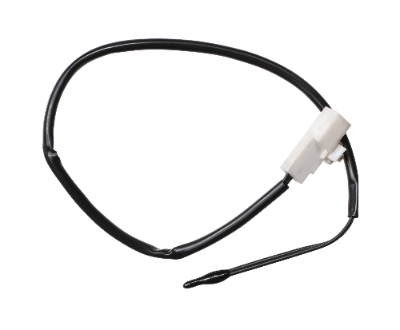
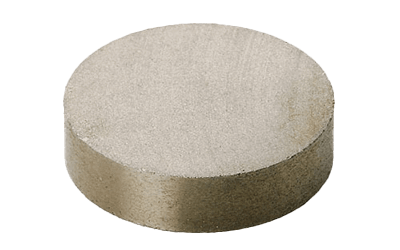

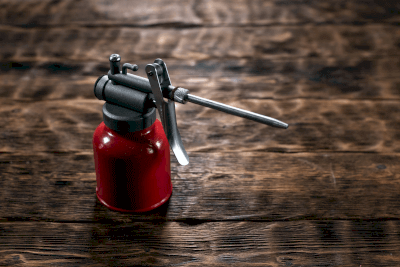 A jet oiler spout is a device designed for lubricating machinery and equipment effectively.
A jet oiler spout is a device designed for lubricating machinery and equipment effectively.



